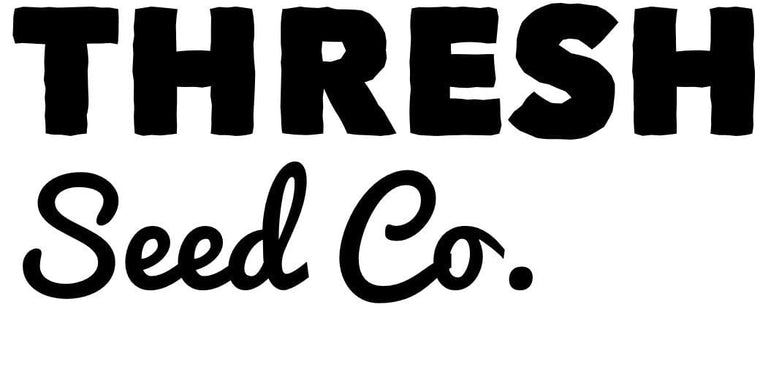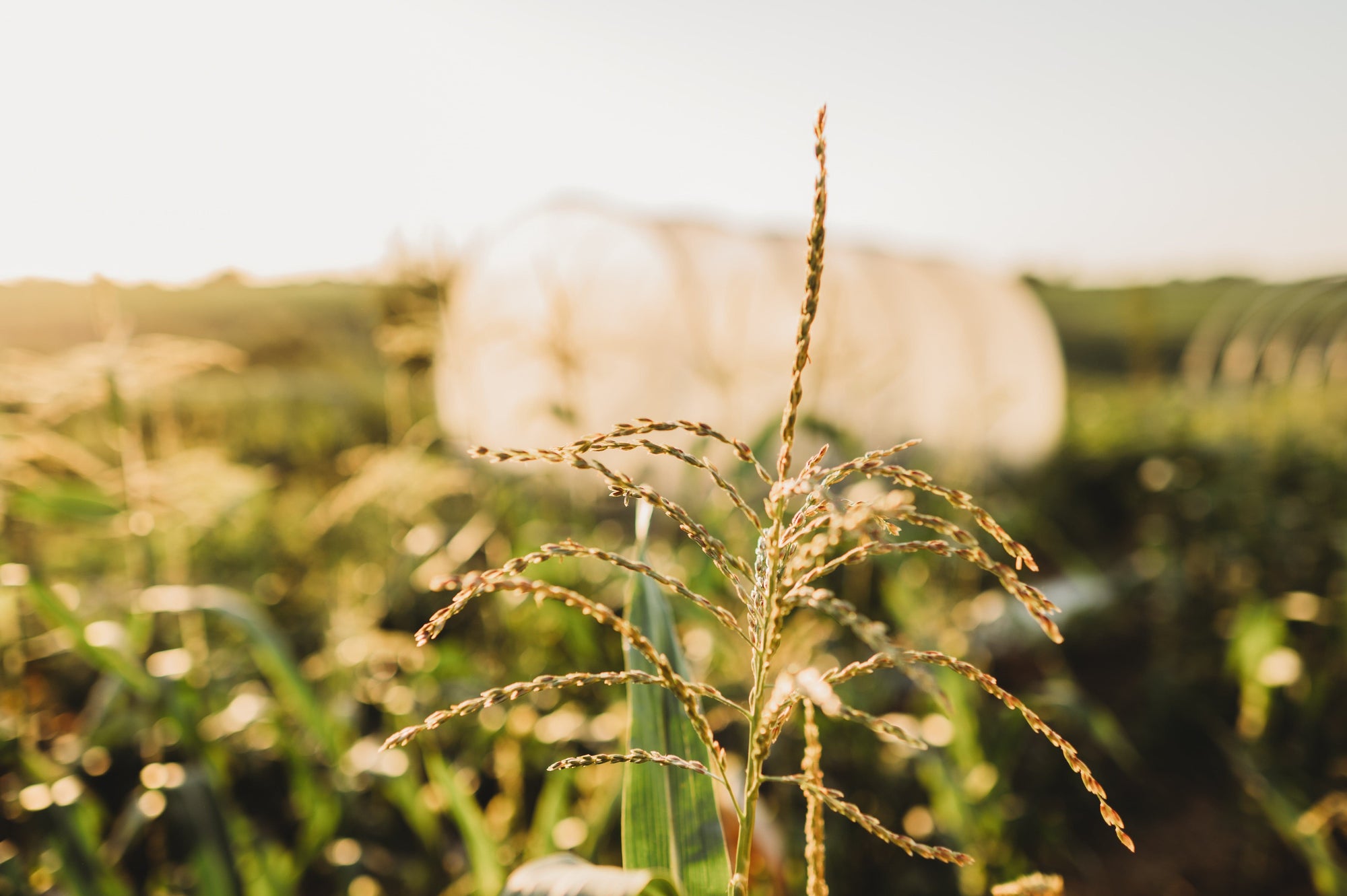Every summer, a version of this question pops up from new gardeners:
“Do I need to detassel the corn in my garden?”
It’s a critical question—because if you did, you’d end up with no corn at all. Detasseling is something farmers do in commercial seed corn fields, not something home gardeners should try. If that's all you needed—a quick answer to a simple question—well, we're glad we could help. If you'd like to learn more about what tassels do and why you should leave them alone, read on.

Garden Goal: Big ears filled with plump kernels, just like this large ear of Buhl sweet corn.
What Is a Corn Tassel?
Corn plants have two kinds of flowers:
The male flowers are borne on tassels—the feathery, branching structure on the top of the plant. Their job is to release pollen into the wind.
The female flowers are located on the ear. Emerging from each flower is a silk—a long thread-like structure that receives pollen, allowing it to fertilize the egg inside of what will become the kernel. Each silk needs a grain of pollen to grow a kernel of corn.
When pollen from the tassel lands on the silks, fertilization happens—and kernels begin to form. Without tassels, there’s no pollen. And without pollen, there’s no corn.

Tassels are located on the top of the corn plant and contain all the pollen the plant needs for making ears full of kernels.
Why Do Farmers Detassel Corn?
So if tassels are so important, why do you sometimes hear about detasseling?
In commercial agriculture, detasseling corn is a process used to produce hybrid seed. Farmers (or more accurately, exuberant high school kids) pull from certain rows of corn so those plants cannot self-pollinate. Instead, they’re pollinated by neighboring rows of a different variety. The result is seed that combines traits from both parents—hybrids that grow faster, resist disease, or yield more.
This practice is essential for hybrid seed production, but it only makes sense on a large scale.

Pictured above is an ear shoot which contains silk (the fuzzy hair coming out of the top). Each silk is connected to one kernel. Pollen falls from the tassel, lands on the silk, and fertilizes the "egg" inside the nascent kernel, causing it to develop and plump up.
Do I Need to Detassel Corn in My Garden?
Here’s the straightforward answer: No.
If you detassel corn in a backyard garden, you’ll stop pollination and never get ears to eat. For home growers, tassels should always stay right where they are.
If you’re planting multiple varieties and worry about cross-pollination, the solution isn’t detasseling—it’s planting them far apart (at least a couple hundred feet, if possible), staggering planting times so they don’t tassel at the same time, or hand pollinating the ears.

If you are worried you don't have enough pollen, or if you would like to control the pollination of multiple different varieties of corn, you can hand pollinate them.
When to Detassel Corn (and Why It Doesn’t Apply to You)
“When to detassel corn?” is a common search, so we're putting this section here to catch some of you before it's too late. The short answer: you shouldn’t—unless you’re running a seed-corn field.
Farmers typically detassel when tassels just emerge from the plant, but for gardeners, there’s no benefit. Your best bet is to encourage good pollination instead:
- Plant corn in blocks (several short rows rather than one long one).
- Keep plants well-watered during tasseling.
- Consider gently shaking the stalks to help pollen fall onto the silks.
- If you did not plant in blocks or are otherwise worried you don't have enough pollen, you can always hand-pollinate.
So, in summary, just leave those guys where they are. You're going to be thanking them later.

Country Gentleman sweet corn ears tightly packed with sweet, white kernels.
The Bottom Line
Corn tassels aren’t just decorative—they’re the key to pollination and to getting ears filled with kernels. Detasseling is strictly for hybrid seed production, not for the home garden.
So, the next time you see those feathery tops appear, don’t panic. Leave the tassels alone, let the wind do its job, and enjoy the harvest that follows.
Want more corn-growing tips? Check out our collection of heirloom corn seeds for varieties that bring flavor, history, and plenty of colorful ears to your garden.






Leave a comment (all fields required)